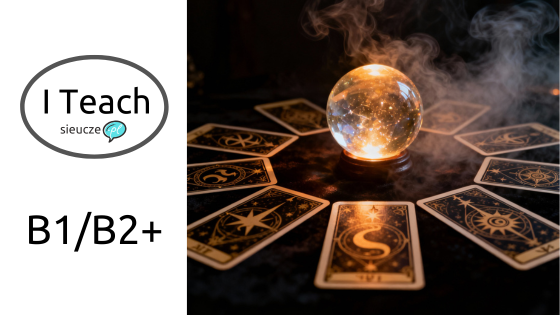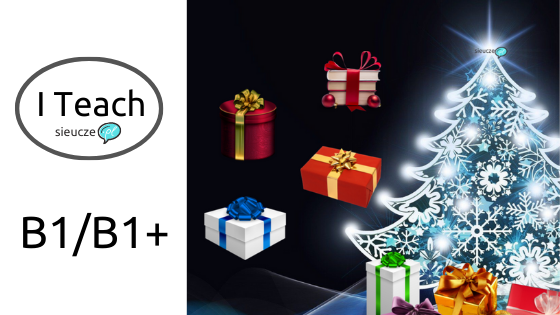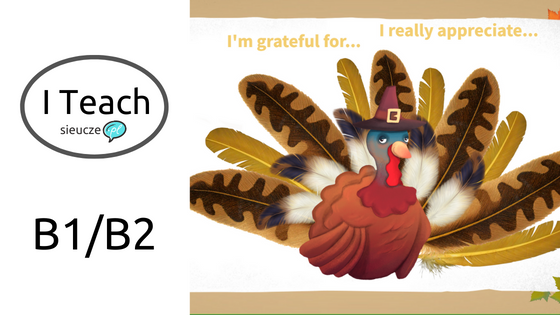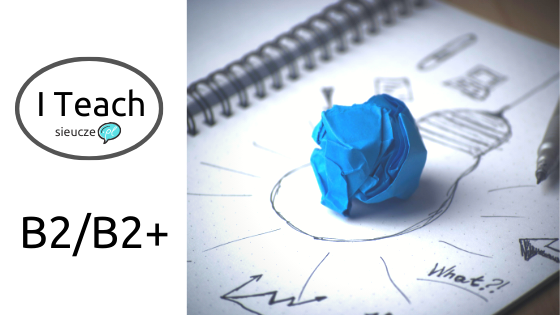Tarot Interactive Presentation in the ESL Classroom: A Magical Path to Speaking, Reflection & Self-Discovery
What if your next English lesson (you can use it as an activity before Halloween) felt more like a journey into self-discovery than a traditional classroom activity?
That’s exactly what happens when you bring Tarot cards into your ESL classroom: not to predict the future, but to spark imagination, mindfulness, and authentic communication.
The Activity: “Past – Present – Future” Tarot Reading
In this interactive task, Students use a Genially presentation where each slide contains a set of three Tarot cards (Past, Present, Future).
Each card comes with a short, student-friendly description (two simple sentences each), offering just enough inspiration to begin interpreting and storytelling.
For Whom:
- Learners: Upper-intermediate students (B1–B2+), ideal for teens or adults who enjoy creative, introspective activities.
- Setting: Online or in-person classes, individual or pair work.
- Timing: 20–40 minutes depending on depth of reflection and discussion.
- ESL Tarot Activity for Halloween
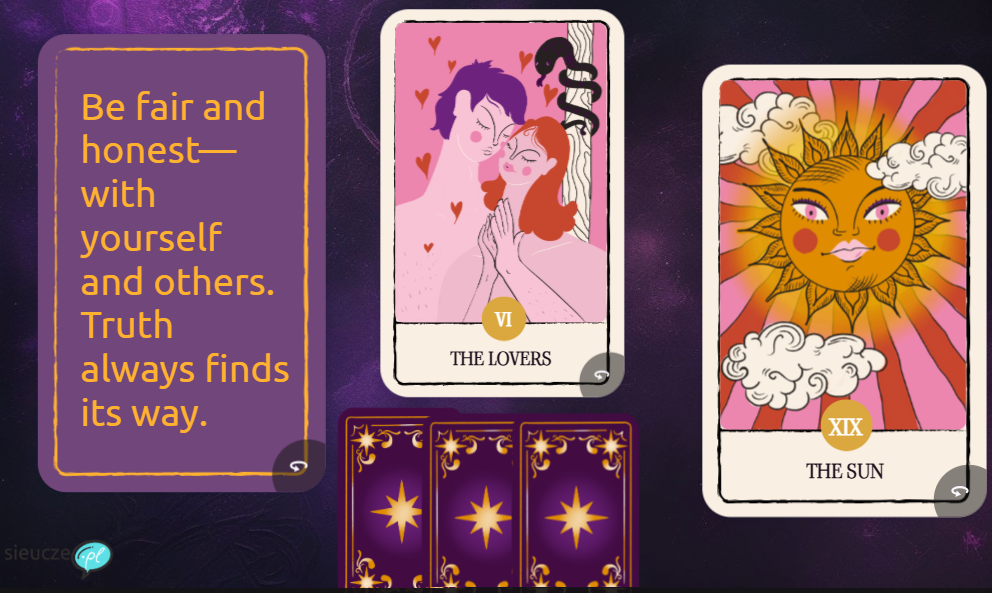
How does it work?
- Open the Genially presentation on the interactive board in the classroom or online on your screen. Your Student(s) choose one set of cards that “calls” them.
- They read the short descriptions and reflect on what these cards might say about a story, a feeling, or a personal lesson.
- Using prompts or guiding questions, they build a mini “reading” — imagining what their cards could represent in the past, present, and future.
Example Prompts
B1 – Simple & Reflective: Use these for short, clear sentences and simple reflections.
- Maybe this card means…
- It could suggest that…
- It shows that I might need to…
- This card tells me that…
- I think it’s about…
- It reminds me to…
- It could be connected with…
- It seems to say that I should…
- This card makes me think of…
- I should probably focus on…
B2 – More Depth & Personal Meaning: Encourage more explanation and emotional language.
- This card might be showing that I’m learning to…
- It could be a sign that it’s time to…
- This probably refers to my need to…
- It makes me realize that…
- I feel it represents a stage in my life when…
- Perhaps it’s a reminder to be more…
- This could symbolize my desire to…
- It could mean I should let go of…
- I think it’s encouraging me to…
- It helps me see that I should pay more attention to…
C1 – Reflective, Complex & Insightful: For advanced learners who can interpret abstractly and connect ideas.
- This card seems to reflect my current mindset, especially when it comes to…
- It might represent the tension between… and … in my life.
- It could be suggesting that I’m moving from a phase of … towards …
- I interpret this as a call to act with more … in situations involving…
- This card might mirror my tendency to…
- It seems to point towards growth in the area of…
- Perhaps it’s telling me that it’s time to integrate lessons from…
- It may be encouraging me to embrace uncertainty and trust…
- This image resonates with my journey of…
- I see this as an invitation to reconsider my attitude towards…
Optional “Connector Prompts” for the 3-Card Reading
To link past–present–future cards smoothly:
- In the past, I learned that…
- At that time, I was focused on…
- Now I’m trying to…
- Currently, I feel that…
- This stage is teaching me to…
- In the future, I hope to…
- My next step might be to…
- These cards together show a journey from… to…
- Looking at all three cards, I can see that my main theme is…
Questions (for Pair Discussion or Debrief):
- What do I need to learn from this stage of my life?
- What blocks me from moving on?
- How can I face this challenge as the best version of myself?
- What do I need to let go of to move forward with more clarity?
- Which card do you connect with most today? Why?
- Do you think your reading reflects your real life, or your imagination?
- What message from your cards would you like to keep this week?
- How did it feel to interpret your own story in English?
Final Thought
Using Tarot in the ESL classroom isn’t about fortune-telling – it’s about awakening imagination, curiosity, and awareness.
It creates a space where language and emotion meet – where students don’t just practise English, but explore who they are becoming through it.

